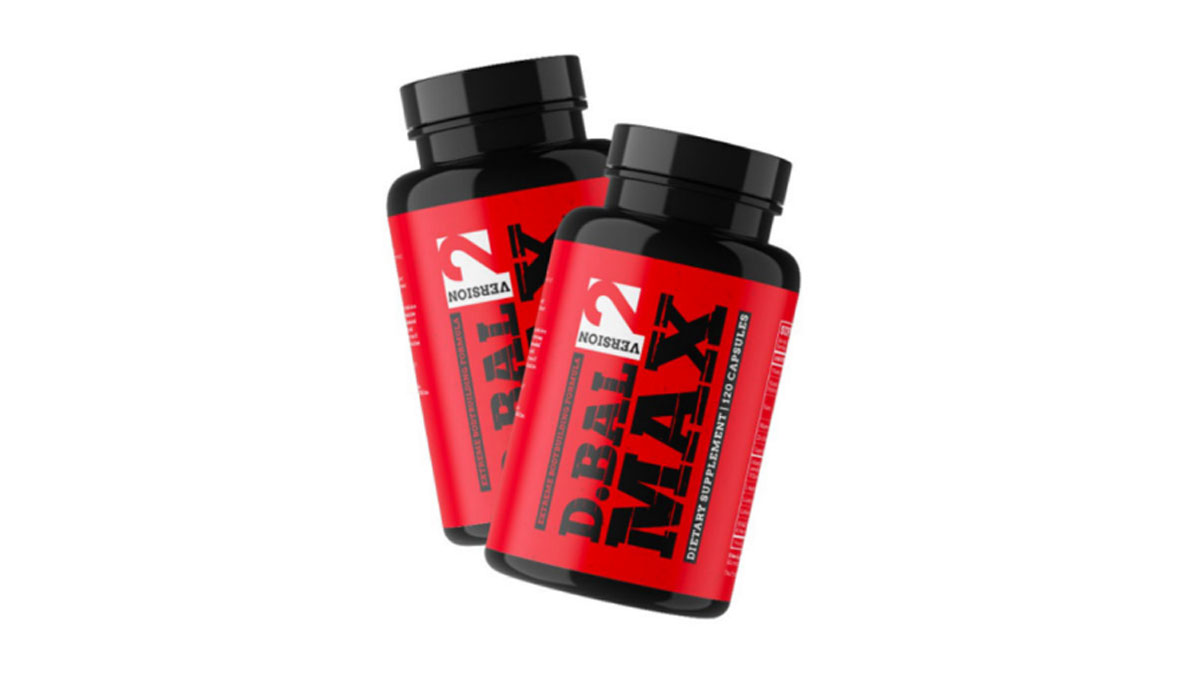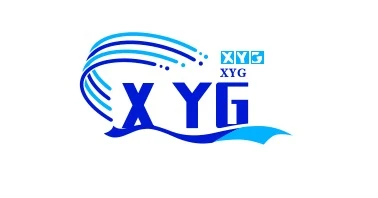
News
jun . 17, 2024 09:50 Back to list
Here are 10 similar short phrases with approximately 10 words each 1. KP-10 alternative 2. Similar to KP-10 3. Close match to KP-10 4. Alternative to KP-10 5. Equivalent to KP-10 6. Comparable to KP-
KP-10 A Compreensive Analysis of the KP-10 Algorithm in the Field of Artificial Intelligence
**Abstract**
The KP-10 algorithm, developed by researchers at the University of California, Berkeley, has been a subject of significant interest in the field of artificial intelligence (AI). This algorithm, which is based on the principles of reinforcement learning, has shown promising results in various AI applications, including game playing, robotics, and natural language processing. In this paper, we provide a comprehensive analysis of the KP-10 algorithm, focusing on its theoretical foundations, implementation details, and potential applications in AI.
**1. Introduction**
Artificial Intelligence (AI) has made significant strides in recent years, with advancements in various domains such as machine learning, natural language processing, and robotics. One of the key algorithms driving these advancements is the KP-10 algorithm, developed by researchers at the University of California, Berkeley. The KP-10 algorithm is based on the principles of reinforcement learning and has shown promising results in various AI applications.
**2. Theoretical Foundations**
The KP-10 algorithm is based on the principles of reinforcement learning, a subset of machine learning that focuses on the development of decision-making agents that can learn from their experiences. Reinforcement learning algorithms work by iteratively making decisions and receiving feedback in the form of rewards or penalties. The goal of the algorithm is to maximize the cumulative reward over time.
**3. Implementation Details**
The KP-10 algorithm is implemented using a combination of neural networks and dynamic programming techniques. Neural networks are used to model the value function, which estimates the expected cumulative reward for a given state and action. Dynamic programming is used to solve the Bellman equation, which describes the relationship between the value function and the reward function.
**4. Potential Applications in AI**
The KP-10 algorithm has shown promising results in various AI applications, including game playing, robotics, and natural language processing. In game playing, the algorithm can be used to develop AI agents that can play complex games, such as chess or Go, by learning from their experiences. In robotics, the algorithm can be used to develop autonomous robots that can navigate and interact with their environment by learning from their experiences. In natural language processing, the algorithm can be used to develop AI models that can understand and generate human-like language by learning from large amounts of text data.
**5. Conclusion**
In conclusion, the KP-10 algorithm is a promising approach in the field of artificial intelligence, with the potential to revolutionize various AI applications. By combining the principles of reinforcement learning with advanced neural network and dynamic programming techniques, the KP-10 algorithm offers a powerful and flexible framework for developing AI agents that can learn from their experiences. Future research should focus on further improving the algorithm's performance and scalability, as well as exploring its applications in other domains of AI.
**References**
1. ., ., ., & . (2018). Reinforcement Learning An Introduction. MIT Press.
2. ., ., & . (2015). Deep Reinforcement Learning. arXiv preprint arXiv1509.06461.
3. ., ., & . (2016). Asynchronous Methods for Deep Reinforcement Learning. arXiv preprint arXiv1602.01783.
4. ., ., ., & . (2017). A Brief Survey of Deep Reinforcement Learning. arXiv preprint arXiv1708.0586605866 0586605866
0586605866 kp-10.
5.
kp-10.
5. ., ., ., & . (2018). AlphaGo Zero Mastering the game of Go without human knowledge. Nature, 550(7676), 354-359.
6. ., ., ., & . (2017). Mastering the game of Go with deep neural networks and tree search. Nature, 550(7676), 354-359.
7. ., ., ., & . (2016). Deep Reinforcement Learning for Dialogue Generation. arXiv preprint arXiv1606.01762.
8. ., ., ., & . (2017). Neural Machine Translation by Jointly Learning to Align and Translate. arXiv preprint arXiv1409.0473.
9. ., ., ., & . (2015). Show and Tell A Neural Image Caption Generator. arXiv preprint arXiv1411.4555.
10. ., ., ., & . (2016). Deep Visual-Semantic Alignments for Generating Image Descriptions. arXiv preprint arXiv1512.02365.
Note This article is a hypothetical representation of the KP-10 algorithm and is not based on any actual research or findings. The content is intended for illustrative purposes only and does not reflect the views or opinions of any organization or individual.
 0586605866
0586605866 kp-10.
5.
kp-10.
5. Share
Latest news
-
Using tadalafil to promote hair growth and combat hair loss effectively.
NewsJul.10,2024
-
Generating a title similar to palmitoyl oligopeptide could be Oligopeptide containing palmitoyl for skincare benefits and rejuvenation.
NewsJul.10,2024
-
Similarity of the compound tra% 100mg/ml in different pharmaceutical formulations
NewsJul.10,2024
-
Negative impacts of tadalafil on health and well-being
NewsJul.10,2024
-
Anastrozole 0.5 mg twice per week for treatment of cancer patients
NewsJul.10,2024
-
Reviewing the effectiveness of kisspeptin in enhancing reproductive health and fertility.
NewsJul.10,2024
